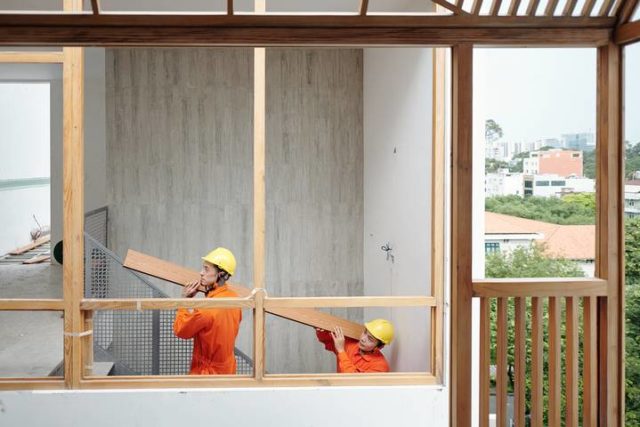The home is where the heart is, per that age-old adage. It is comforting to know that you have a roof over your head when you finish your workday. With the right budget, you may feel like this home can be expanded slightly down the line. For example, those who live in a one-storey home may want to add a second floor to their property.
It is something that can truly be worthwhile for various reasons. It can bring about new experiences, especially if you are a parent of kids. Moreover, it will only serve to increase the value of the property itself. Of course, there are various guidelines you must follow to do so effectively.
Let’s learn how to build a second floor on an existing house:
Tip #1: Initial Preparation
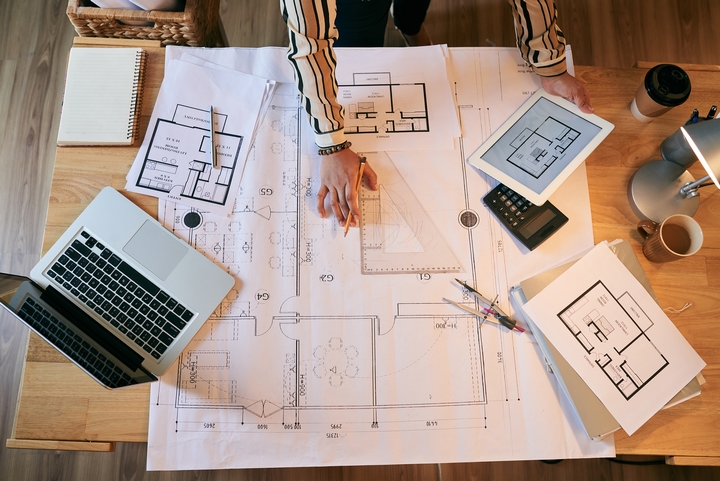
First and foremost, it is essential to think about how your home’s current setup works. Many individuals may gloss over the fact that their home may not be suitable for a second floor. You must consider various circumstances, such as zoning by-laws or other residential laws.
In addition, there could be various cons you may not have accounted for compared to the pros. For example, is it better to move into an existing, two-storey home or build a new floor entirely? If it is the latter, and you are truly comfortable with moving ahead, ensure you and your home builders are prepared for the challenges ahead!
Tip #2: Attic Considerations
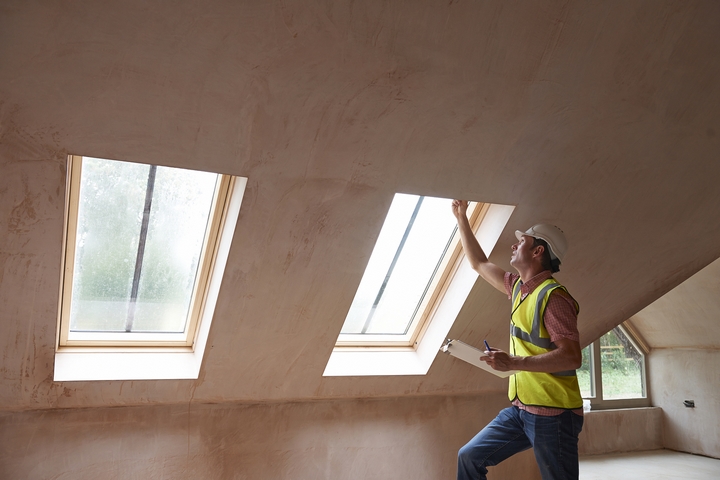
Your current home’s structure may have an attic, which may not necessarily be a second floor. In many respects, the attic was just constructed to supplement the first floor in a much more mitigated way. So, you may want to think about expanding the attic and fleshing out the details here.
An attic can easily be turned into the second floor of your home, providing enough space. You will have to think about how much further up you will have to build so that the bedrooms have enough space. There also needs to be more room for walking around to navigate the floor accordingly.
Tip #3: Interior Design
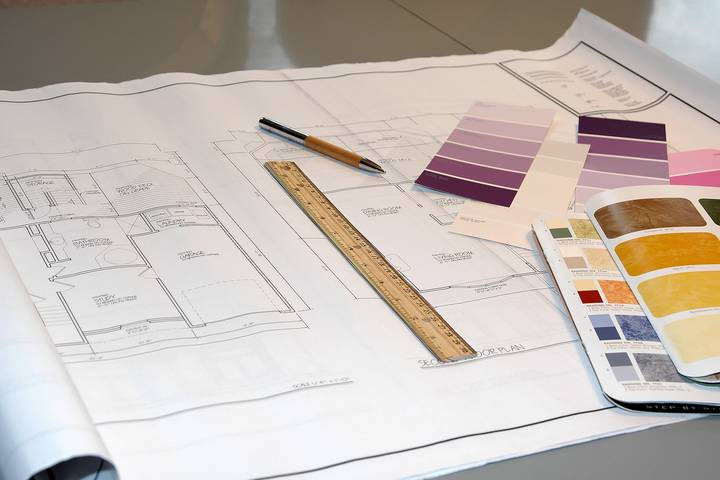
A second floor should be distinct in its way, in terms of appearance but also stay in line with a theme. So, think about ways to keep the first floor’s functionality consistent. This has to do with the chosen paint colours and the aesthetic’s overall look and feel.
For example, those who have a first floor that is a minimalistic theme should have their second floor emulate this. The superficial aspects must remain coherent, from the bedrooms to the potential bathroom.
Tip #4: Exterior Materials
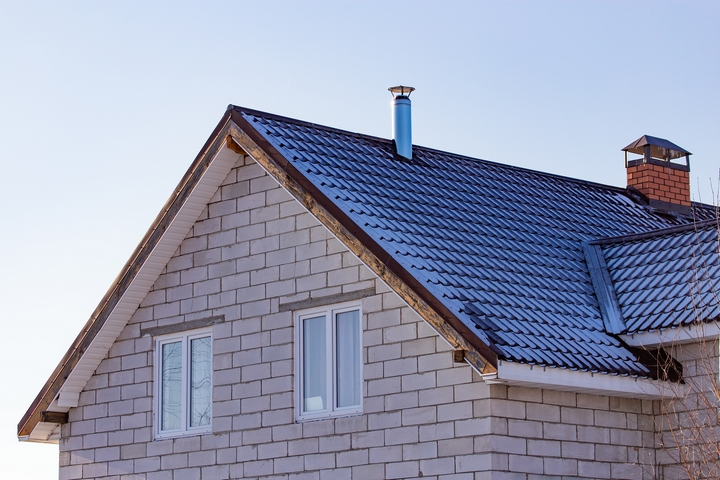
Just because you have focused on interior aspects does not mean you should ignore the outside! In actuality, the exterior elements may be more essential than the inside. Landscaping materials, the walls, and the roofing must all be of good quality to keep the exterior sturdy.
Tip #5: Repair The Home
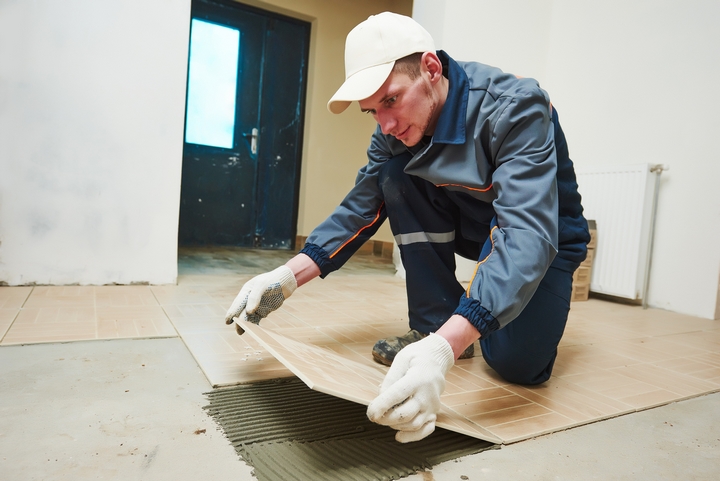
Before constructing the second floor, you want to ensure that all aspects of the home are repaired right now. A bit of housework never hurt anyone in this regard! Conduct an internal and external audit of your home’s status in terms of what may need immediate fixes. Repair these as soon as possible so that nothing interferes with the next construction process.
Tip #6: Financing
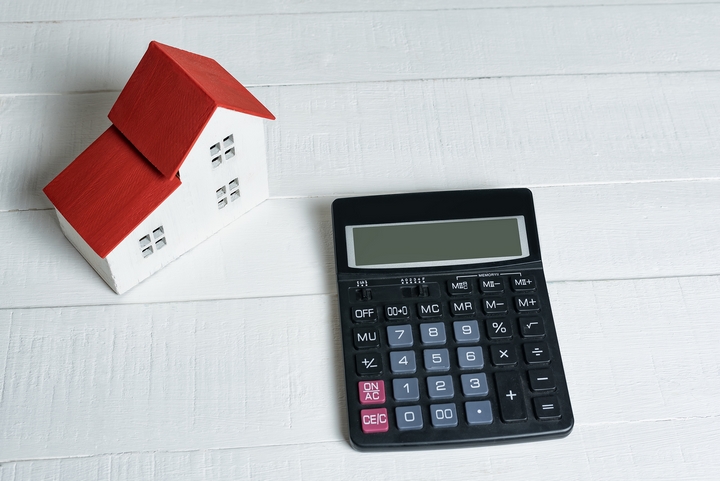
As mentioned previously, adding a second floor to your home can be challenging. Usually, that is due in part to how much it will cost you in terms of budget. From hiring the right contractors to purchasing materials, ensure you account for these costs. Make a budget that fits your needs but does not go overboard into major debt areas.
Tip #7: Building Process
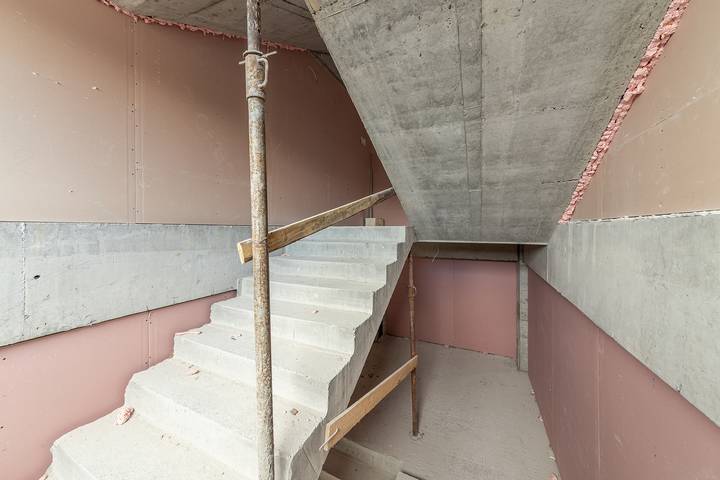
Once all right parties have been contacted, they must get to work. This part of the procedure will take a long time, from months to years. Patience will be your best friend in this regard. Be sure to allocate enough time and resources for this project, and account for any mishaps that can happen along the way.
Tip #8: Be Present
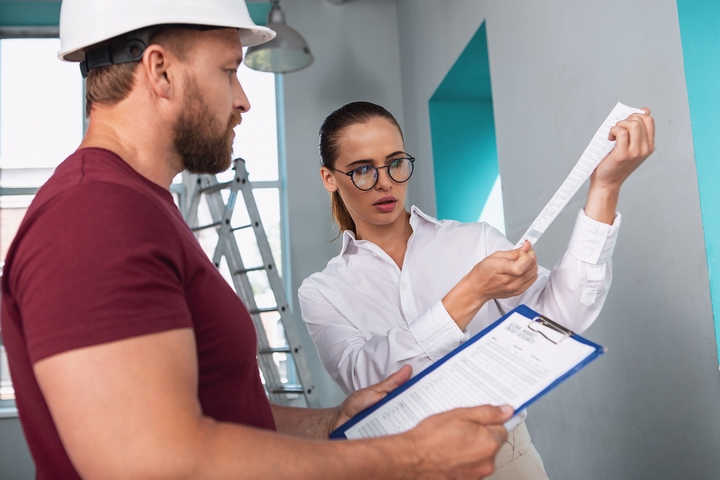
Your second floor will be an amazing addition to your existing home setup. It is in your best interest to be present for all stages of the process. You may have questions about how the construction is occurring or need to be reached for questioning. Either way, the final result will occur sooner or later, and it can look extraordinary too!

